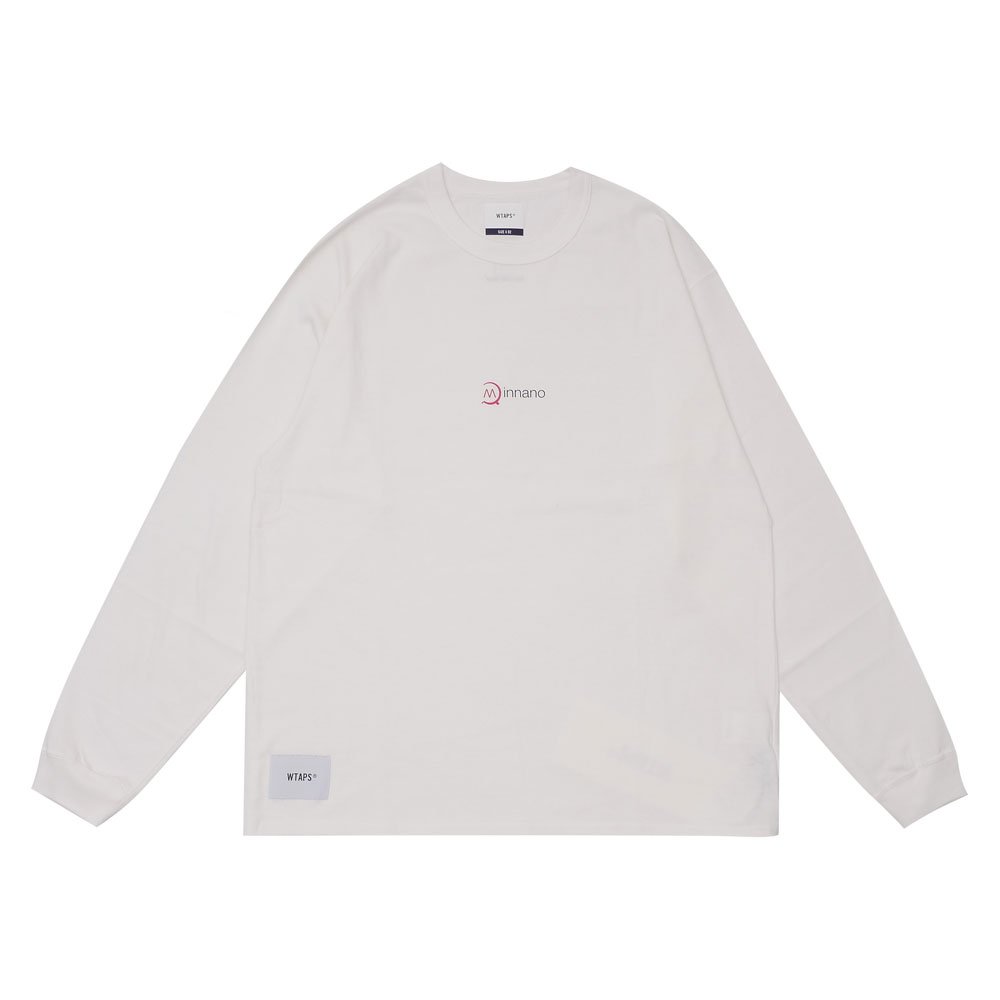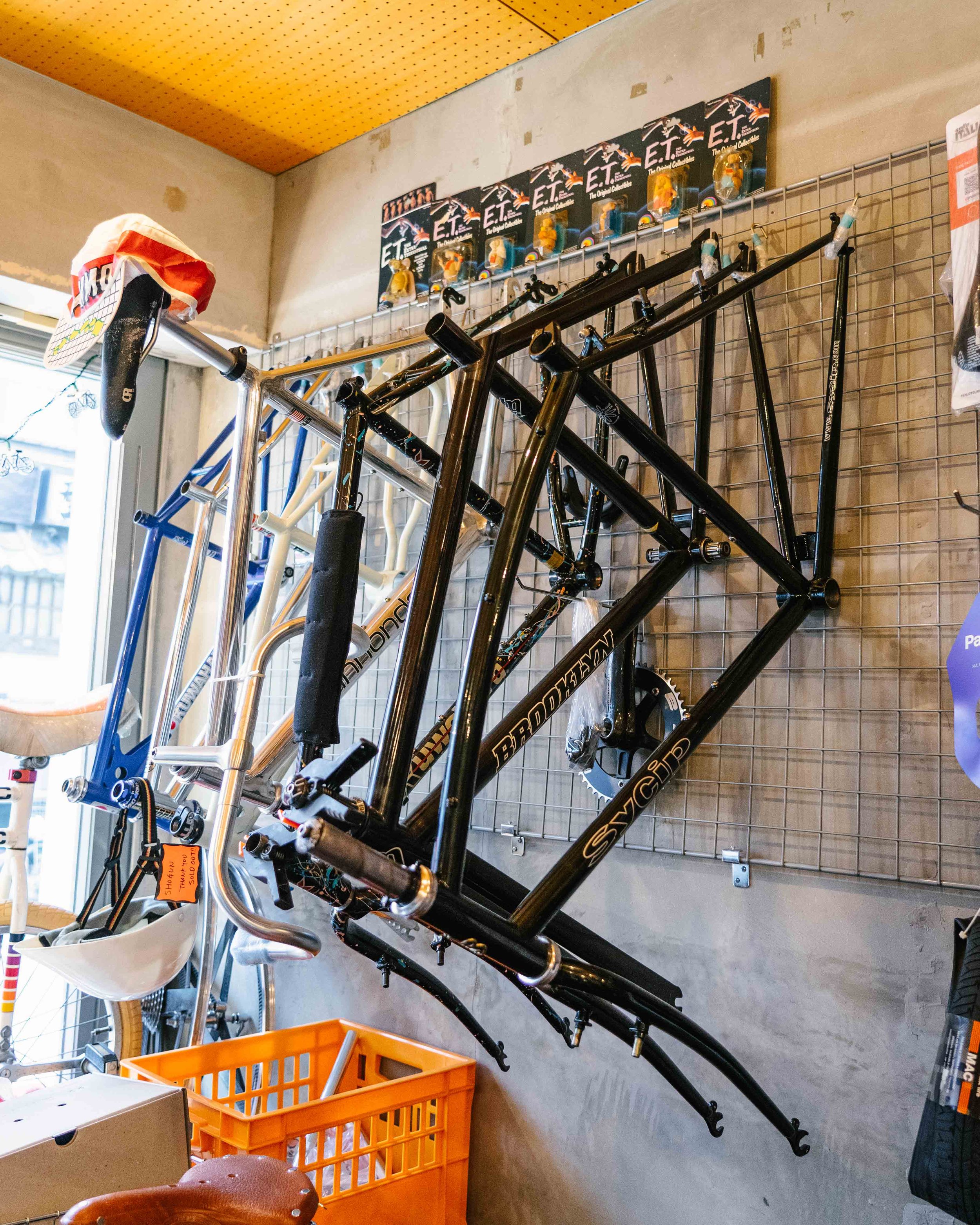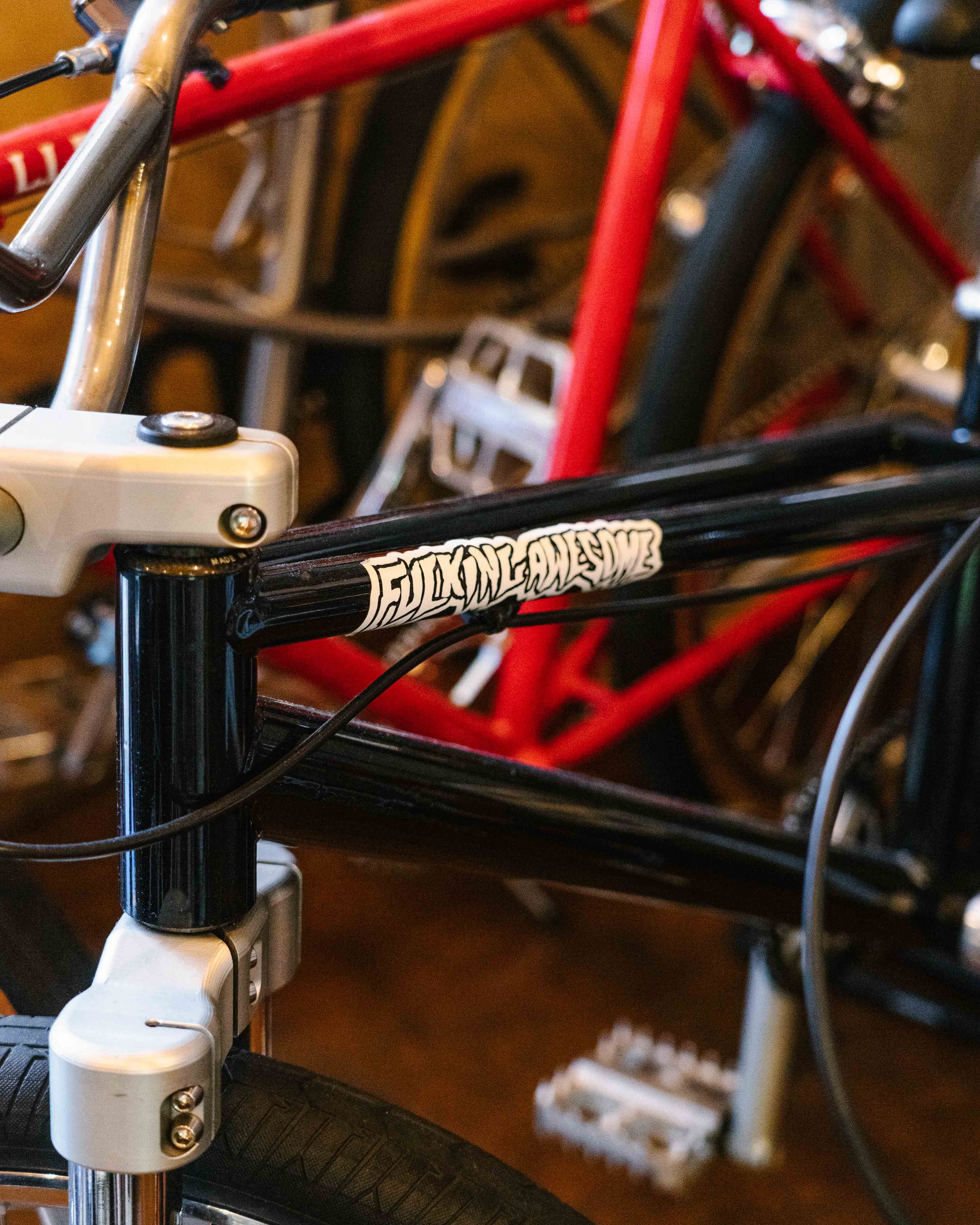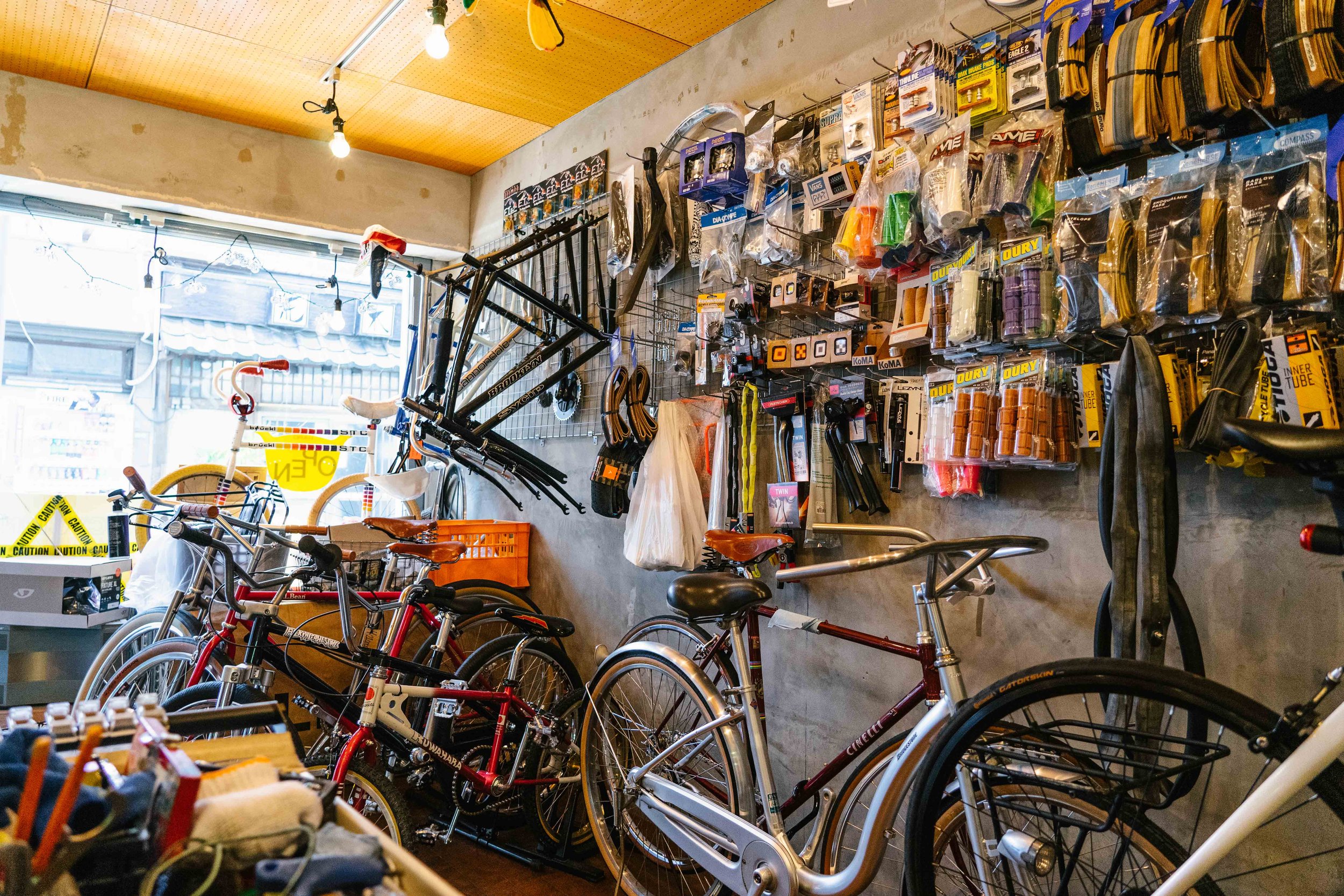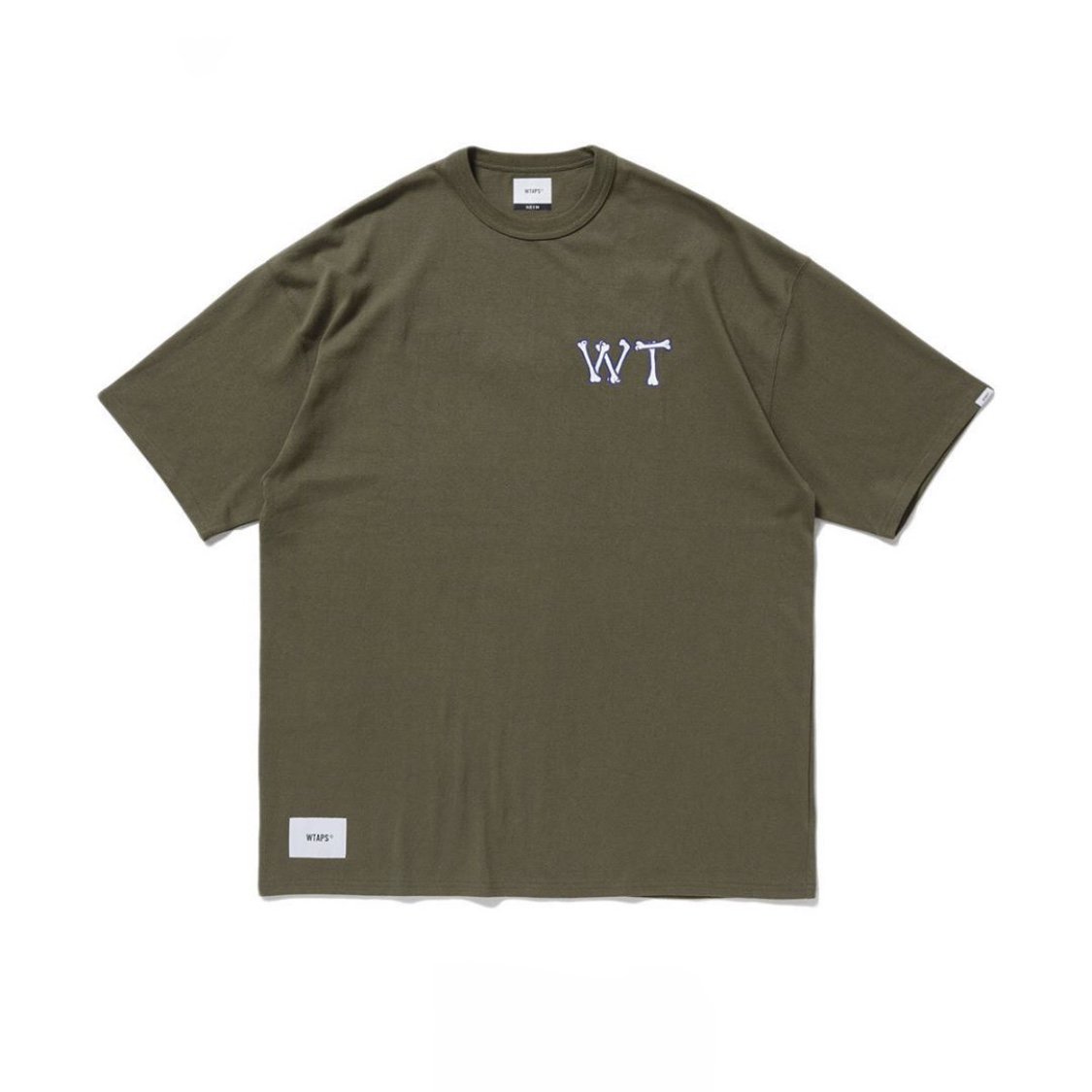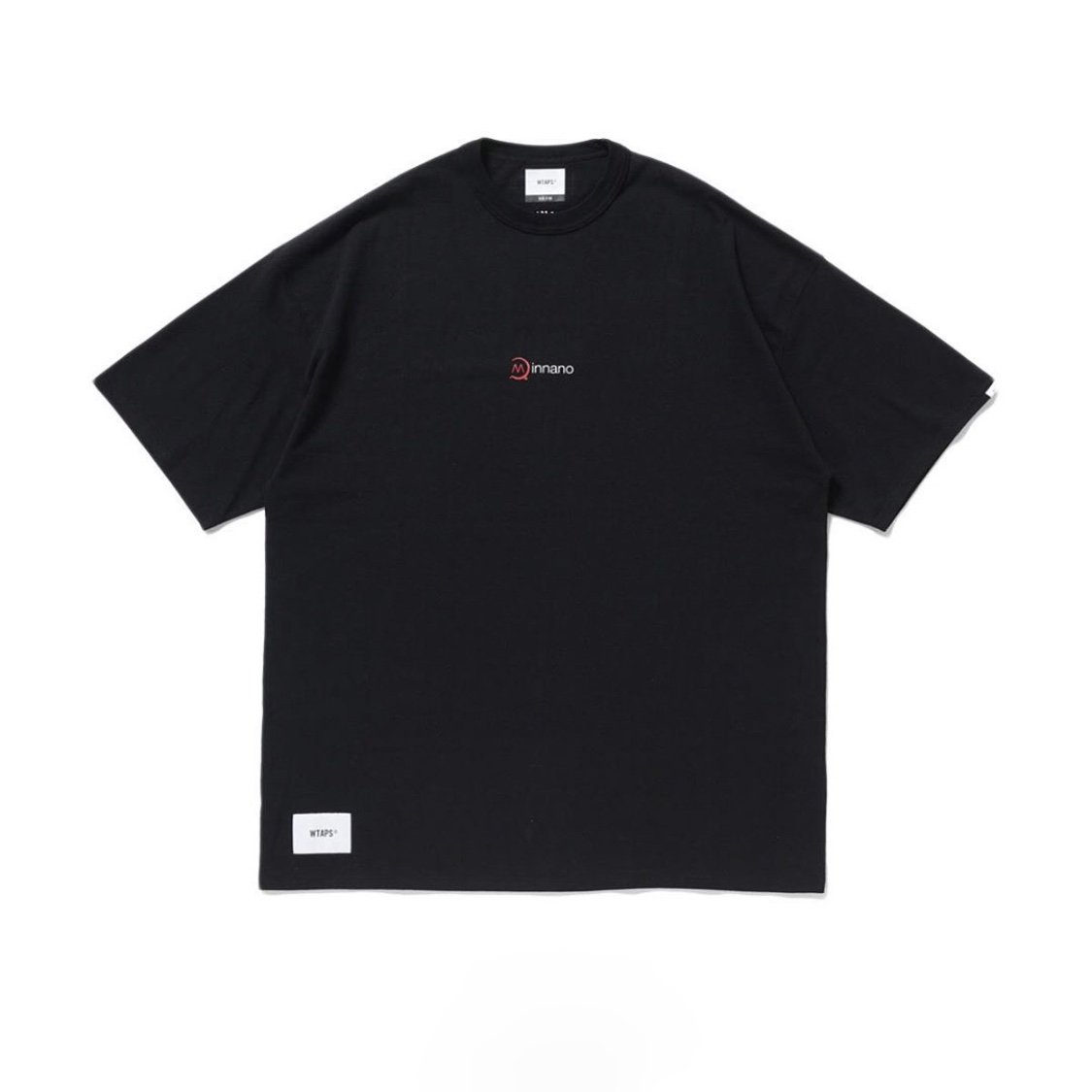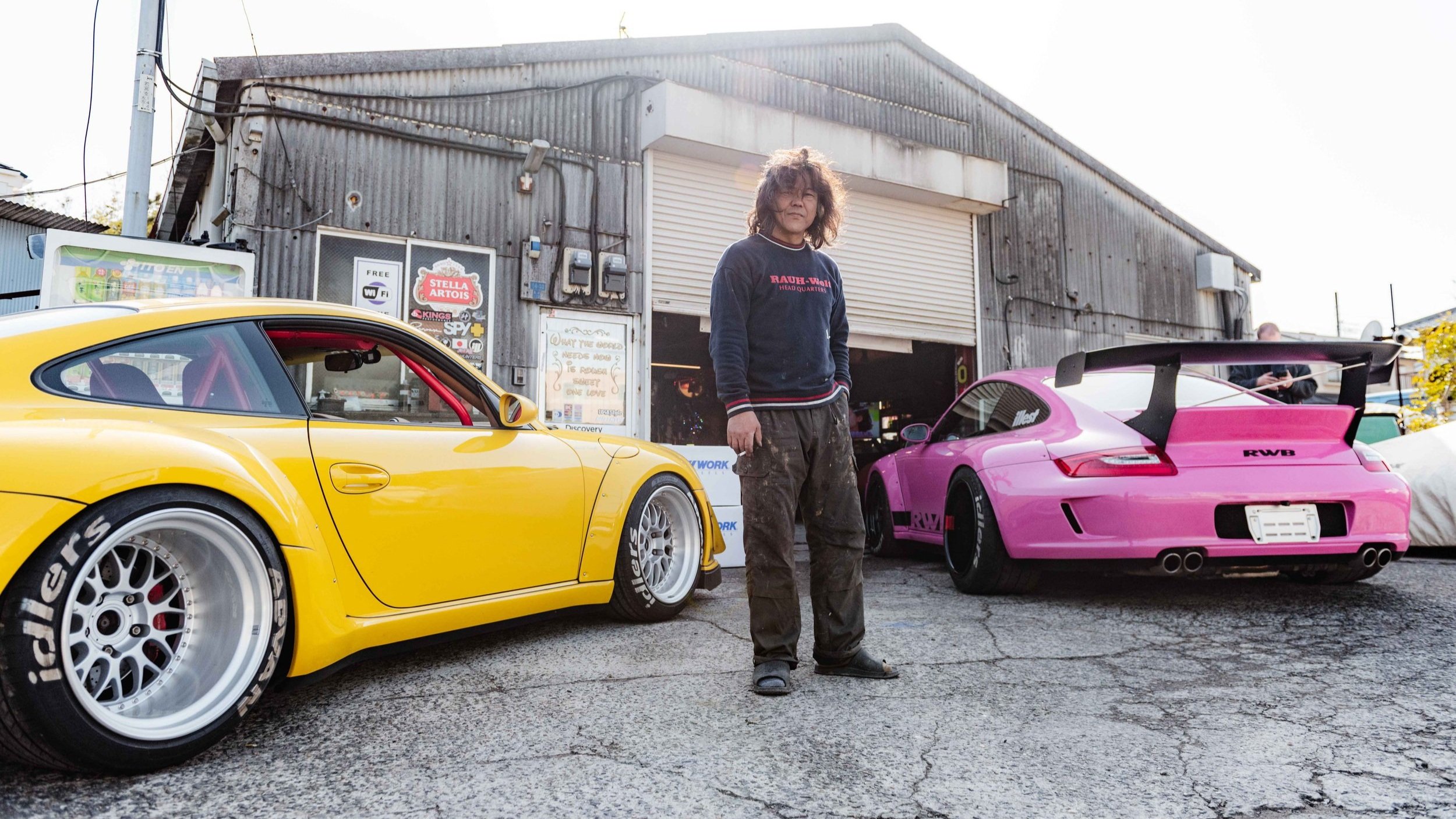Cultivating the Tokyo Street Scene: A Conversation with Goro
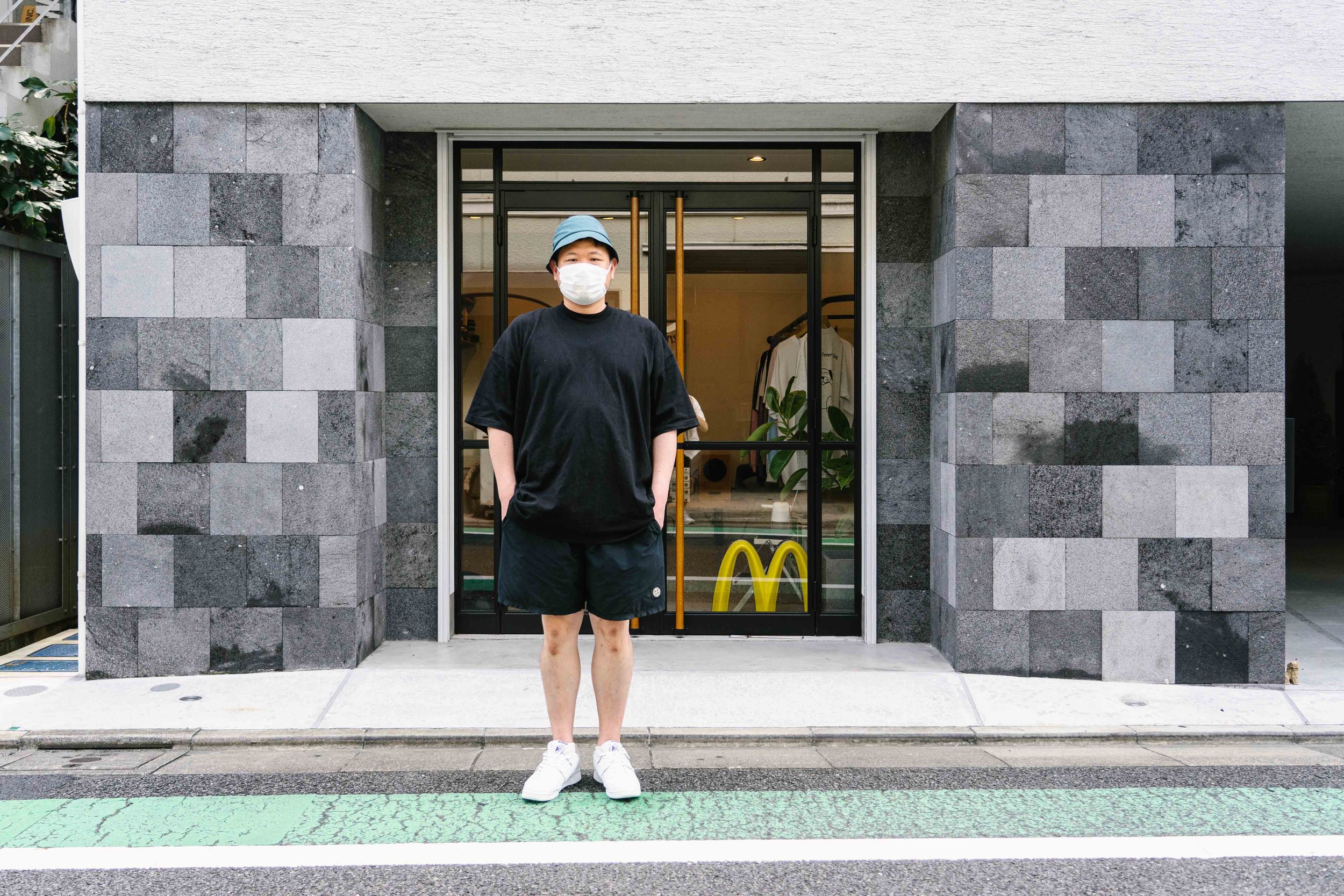
Ever since the Ura-hara heydays, Japanese streetwear has not just become a household name for anyone interested in fashion, but has continued to redefine the styles and trends on a global scale. From playfully graphic-heavy BAPE garms to the understated and function-driven nanamica, Japanese street fashion has traditionally been able to distinguish itself through attention to detail and carefully picking the right references.
No matter whether the end result has been bold and vibrant or monotone and minimal, the common denominator across most Japanese garments has been a tastefully curated reinterpretation of Western design inspiration.
Retracing the steps of big-name Japanese street fashion trailblazers, a certain pattern of importing western items and ideas, re-interpreting them through a Japanese lens, to ultimately turn them into something completely new emerges. Take Hiroshi Fujiwara for instance, who was amongst the first to understand the importance of UK punk and later on US hip hop culture and brought them back to Japan.
As the frequent traveller shared global street culture trends in his magazine column “Last Orgy”, together with his homies NIGO and Jun Takahashi, he fused his overseas observations with his own Japanese taste, thereby laying the groundwork for a new wave of Japanese street style.
But while there are plenty of resources out there, which recap the origin stories of Japanese streetwear in granular detail, it becomes significantly quieter around the status quo of the local scene. Besides seeing the big guns like Kapital, BAPE and the likes in the headlines, when was the last time you heard of some more low-key local heroes, the ones that are up-next and aren’t household names just yet? What about the trend-setting stores that provide communal spaces and personalities that keep pushing the Japanese streetwear scene forward? Who are the ones that are actually behind the scenes cultivating an environment for the next Japanese brand to make it beyond the island's borders?
One of the key figures behind the industry curtain that ticks all of the above is Goro Nakatsugawa. Being a real OG of the Tokyo creative scene, the graphic designer, creative director and three-times store owner, has been witnessing the steady evolution of the local style landscape since the very beginning of the Urahara days. From being a pizza delivery boy and reading fashion magazines like boon or Asayan, the Tokyo-native became more and more invested in the blossoming Harajuku subculture by simply being there and hanging out in the area on a weekly basis with his homies. And if he wasn’t in downtown Tokyo, Goro-san was probably pimping his BMX or working on his punk bands’ big break.
Since then, Goro-san has undergone an impressive transformation, ultimately putting him up there as one of the shapers of the current generation of Tokyo creatives. Step by step, he opened up one retail outlet after another, starting with his bike shop. Turning his passion for BMX, fixed gear and customization into one location for like minded people to gather, the shop focussed on fixed gear, 80s vintage BMX and quirky specials like the E.T. bike. With his hands-on attitude, Goro-san would drop by all sorts of bicycle shops around Tokyo to source vintage parts in order to get his store started.
But the bike shop isn’t his only venture: Next to being a part-owner of Harajuku-based vintage and select shop Toxgo, Goro-san is probably best known for MIN-NANO, a select shop in the heart of the quietly residential Ikenoue. Ikenoue, you’re probably wondering, is an idyllic area next to Shimokitazawa, which is most likely only known by locals and those who come with the aim of exploring Goro-san’s expertly curated selection of local and global street fashion brands. In fact, the store has been a significant booster for the entire area as streetwear aficionados from all across Japan flock to the shop with the 3 golden arches on the door in placid Ikenoue.
But next to his communal impact, Goro-san has managed to make a name for himself due to his tasteful assembly of the brands he stocks. Always looking out for that extra bit of finesse, he relies on his experience and instinct to import little-known brands from abroad to be the first to present them to the Japanese market. Most prominently, Stray Rats, Carrots and LQQK Studio made their first steps in the country of the rising sun at MIN-NANO thanks to Goro-san’s eye and support.
On the other hand, he also co-signs local heroes and up-and-coming Japanese designers, such as Creek, Cosby or Allweatherproof, allowing them to gain further spotlight while offering up his store as a physical outlet. As the central point of contact, Goro-san sits in the middle and maintains a steady exchange of incoming and outgoing ideas, talent and culture.
With numerous high-profile collaborations like WTAPS, Porter or Beams under the belt, Goro-san is someone who clearly lets actions and quality products speak for themselves. Paired with his calm and wise way of approaching things, Goro-san is a current legend of the Japanese street culture game - to those who’re in the know. Being based out of Ikenoue and running a shop that's exclusively open on Fridays and Saturdays certainly helps with maintaining this low-key-ness.
Without further ado, we present to you our interview with the man himself, who emphasizes communal benefit over personal gains and continues to be a key figure in the cultural exchange of east and west when it comes to all things subculture.
can you please introduce yourself to the Sabukaru network?
Got it. My name is Goro. I am 44 years old, born in Tokyo. I run three stores, including two here at Ikenoue and one at Harajuku. Other than that, I do a bit of creative direction for brands, digital graphics, and so on.
What was your first connection into street culture and street wear, like how did you start into this culture and hobby?
When I was a highschooler, I was interested in fashion. I would get information from magazines, at the time from ones like Boon, Asayan, Hiroshi Fujiwara’s Last Orgy. I would look at those a lot, and get a lot of influence from them. I was doing a pizza delivery job at the time, and one of my coworkers really liked that kind of stuff.
I think I started to base my instincts off them. By making friends I began to go to Harajuku on a weekly basis, and I was exposed to the “Urahara” culture. It must’ve been right at the beginning of it, but being exposed to that was probably the beginning.
How would you describe Tokyo street culture now?
I think it was more mysterious before. It was hard to get information and we didn’t really have examples to compare with. I was drawn to that.
would you say that the street culture here is still really intact and alive?
I think so. It may be a characteristic of Japanese people, but there’s a culture that consumes things completely. Many people buy things, it’s easier to sell things. I think this helps in developing industries and what not. When I see foreign countries, I feel like people aren’t buying as much. Japanese people have an instinct to buy impulsively, and I think that’s a unique characteristic. This helps in supporting the economy, in livening up the scene.
could you explain to us every concept and idea behind all of the three stores?
The first one, a shop that is kind of like my roots, started as a bike shop. Fixed gear bikes, and 80’s vintage BMX, like the one in E.T., those were the ones I sold. I would go to old bike shops and buy vintage parts, I guess you could call it reselling, and I would buy them from all over. I would go to bicycle shops run by old guys in Chiba and Yamanashi, talk with them, buy from them, and sell at my store. I still like bikes now, so I think that was really a part of my roots. Now we work with clothes and we’ve established as a bicycle store, but that old bicycle shop is still a very basic part of me.
what is Tokyo cycling culture like And why should people ride their bicycle in Tokyo, what makes it such a special city for it?
Firstly, it’s very safe. That’s very important - the bikes don’t get stolen. The same bike in New York would be gone in 3 hours. I also think there’s economic factors, like the fact that it’s very hard to own a car.
The low cost, the smallness of the city, and the inconvenience of train commuting. There are many things that are inconvenient about living in Tokyo. Naturally people find bicycles useful.
We heard about the legendary store that YOPPI-san used to have: a store that Connected fixie culture and streetwear culture. Can you tell us more about that Time?
I think it was in the early 2000’s, 2003 maybe. There was a phenomenon where skaters suddenly started to ride around in fixies. I think the skaters liked the sensation of the fixies because it had a similar feel to the skateboard.
When keirin arose, which is a distinctly Japanese sport, the bikes were not originally intended for street riding. With its simple looks however, people started to recognize that they were cool bikes for riding around town. My senpais who were skaters would show up in front of me on these bikes, and made me want one. And, going back to the mysterious point, there was no way to get one. You have to buy one from a keirin athlete. So there’s only a specific set of people with access. I was drawn to that, how mysterious it was. That was about 2004, or so I think.
do you think that the pandemic changed people’s perception towards cycling? That more people are riding bikes now?
I think so. The bike shop I run is not really like the other typical ones. When the pandemic started, I was actually just restarting the bike shop. I left it up to the staff, to lead the restart as a bicycle shop, going through the struggles of attracting customers as and whatnot.
It had been a while since I dealt with bikes as well, so the staff was running the store more. And through that, trying to start up again, we were worried that we wouldn’t have many customers. But timing wise, the people in the local area were wanting to fix up bicycles and buy them. The local area saw us and accepted us as another new bike shop. That was really helpful.
we’re happy to hear that. now let’s talk about Min-nano, what’s your brand concept here? What kind of style do you want to establish with the store?
Since the shop is in a local area, the premise is that we sell things that can be found only at our store. That’s something I really look at when selecting brands.
That’s my main theme and it’s been that way for a while, but we don’t want to stick only to that, so recently we’ve been varying the range of brands we work with. I’m hoping that the new concepts are inspiring to our customers.
What do you mean by the range of brands?
Things like price range, simply, or where they stand in their journey. For example this brand SUNSEA, a brand in Tokyo, is run by a person who was originally working for Undercover. It’s sold only in places like Isetan, or Dover, and the finances are very strict for the brand. The inspections are therefore very strict, so it’s hard to get a chance to work with them. Luckily, I had the chance to do so. To be selling this brand at my store is very unique.
We also stock brands like Stray Rats, alongside more bootleg, edgy products, products we’ve collaborated on. I also like Aries so that’s in there as well. For a generation used to paying 5,000 yen for a T-shirt there might be hesitance to pay 10,000 yen for one, but my hopes are that customers will decide to buy it.
you have a store in harajuku, but also a store in ikenoue. How do you feel about being in a calm area like this right now instead of being in busy Harajuku?
I like the slow pace. I think the store fits my style very well. It’s important to keep business busy in Harajuku, but I also don’t want it to get too busy. That’s not the way I would want to work. There’s definitely a limit to how much a brand could expand at this one when trying to get exposure for these brands. So it’s important to switch locations.
I have a long relationship with The Good Company, a brand from New York, and had a pop-up with them at Harajuku, while getting the people involved and it received a positive reaction. I think it changed the way I think a little bit.
The store in Harajuku is an important gateway to have exposure to a wider range of people, a place where first-timers can interact. The business of the first store allows for the second store to be avant-garde, they’re in balance.
My foreign friends ask, “Where’s Ikenoue?”. If you live here you know how good it is, but if you visit less frequently, a place like this might make you anxious. For them too, it’s nice to have a store in somewhere like Harajuku.
In your Harajuku store [TOXGO], you mentioned it being the gateway, what kind of concept and stance do you have for that store?
The big difference is that I have a partner, Tatsuo. We run that store with the two of us. T for Tatsuo, G for Goro. That’s how that store is. He himself runs a vintage shop on the first floor of the store, and has 3 other shops as well. He works as the owner, but there’s a gap between what he sells at the store and what he really likes. He wanted to sell more personal vintage things, while I wanted a gateway kind of store. We were friends from a while back, and we decided to run a store together. At the store he selects half of the items, vintage. I select the other half, new. The mix is jumbled together.
You’re also connected to Apple Butter Store, are they related to any of your stores?
Oh, they’re unrelated. He was a fan of my store, and through mutual friends we became close. He started his store about 5 years after mine. Weird to say this myself, but I think he was inspired by my store and went on to open his own. Since we’re one of the few stores with a similar stance in Japan, we became friends. We don’t really do business together, but we’re friends.
what’s very interesting about your setup is that in EuropE, or maybe in streetwear In General right now, people open a store - it works well, then they open the same store somewhere else.
You choose diversity instead of the same, you have different ShoPs, all the way from cycling to streetWear brands. is this something you did on purpose? Or Did this just happen? Are you aware of how diverse your output is?
I guess so. I don’t wish for MIN-NANO to be all over the country, I don’t like that idea. That’s why I don’t do wholesale either. I was really influenced by the Urahara lifestyle, things like furniture, of course bikes, books and movies as well. I was taught about a lot other than clothes. Clothes are not my only interest, and I want to try different things. I always ask if I could make something out of what’s already there.
At Harajuku, there’s Tatsuo, so if I’m working with him what would be the best approach? In the future as well, if I think a restaurant would work well in a location, that’s what I would want to do, a bookstore, a CD store, I want to create something that works for each town.
we see you doing lots of collaborations and original products with your shops, what were the most exciting projects you worked on?
The collaboration with WTAPS definitely left an impression. I had always liked the brand, admired them. It happened to be the 10th anniversary of my store, and this collaboration felt like a gift – I was so happy when I received the offer from them.
what about the kind of products that interests you, goro-san, personallY?
Good fabric and sustainability usually draws me into a product.
Maybe one day we can have Crate a product together? Sabukaru x Min-nano shirt?
Of course.
How would you describe the community here, with INDEPENDENT shops and Creative people direcTly around you?
Community is a place where people help each other out, support each other. If my friend was starting up a store, I would help them out. We’re surrounded by small independent stores, usually ran by one or two people. So there’s no point in fighting with each other. If we’re looking in the same direction, with similar intentions, then we hope to help each other out along the way.
In Ura-Hara culture, there was definitely a community there and I felt it. The difference between being inside the community and outside the community was so incredibly clear. But we get closer when people come to ask for advice and seek help. So I hope we can keep the community alive in this way.
are there any brands that you really want to push or that you really feel like are special to you right now? Anything that people might not have seen yet, anything that our readers should look into?
Well it’s sold out, but one I really like is Strangeways, who makes bootleg The Smith’s T-shirts. They just bought an old G-class Mercedes Benz, and made a brand called UNK Motorworks inspired by that. I really like them. Sean is the guy running it, he’s a bit older than me, and he’s a big geek. He’ll jokingly ask for my clothes. I think that we have similar ways of thinking, I like his personality and I want to support him.
could you explain the meaning behind the min-nano name and logo?
There’s really no deep meaning behind the name, and I’m not sure if I should be saying this but it was the name of the store before I started mine. I was a part of a band before, and we were alright to the point that we might’ve been able to make a living out of it. I didn’t think I would be continuing the store so long.
I was going to figure it out as I went on. I didn’t think I would be operating here, and if the store did well I wanted to move it to Nakameguro or something, and if I find a name I like I’ll just change it to that, that’s how I was going about it.
But ultimately it stuck around, the customers seem to like it as well and it’s grown heavy on me, so I just got it copyrighted the other day [laughs]. If someone had taken the name before that, I would’ve just changed it to something else. The McDonald’s logo popped up when I was brainstorming for design ideas, thinking it’s an M and N anyway, and made a graphic Tee out of that simple idea.
you seem to be a massive music fan, What’s an album you’re listening to the most right now?
It’s a bit old, but Power by Equiknoxx. It’s from 2016. Modern Dance, Jamaican house in a classic UK style.
do you have any advice for young people when they want to also start a clothing brand or store?
Just start trying things out, I think that’s good. I started my store at 32, which felt a bit late, but there were also many pros that came out of starting when I did because things are a bit more settled.
There are challenges for young people, but also a lot of opportunities. It doesn’t have to cost a lot of money, go as you feel, trust what feels cool for you and go towards that without copying someone else.
A classic last Sabukaru question, what are some of your favorite food spots Around your Shop?
It’s not something you could have everyday, but the yakiniku at Yuji in Shibuya is one. You have to have someone take you out for that one. Another one is Chiisha in Ikejiri-ohashi, a Chinese restaurant. Their food, no matter how many times I have it, is so good. During summer they serve cold soba noodles, there’s always a big line up for that.
thank you for your time!
Text & Interview: Natsuki Ludwig & Casey Omori
Images: Natsuki Ludwig

